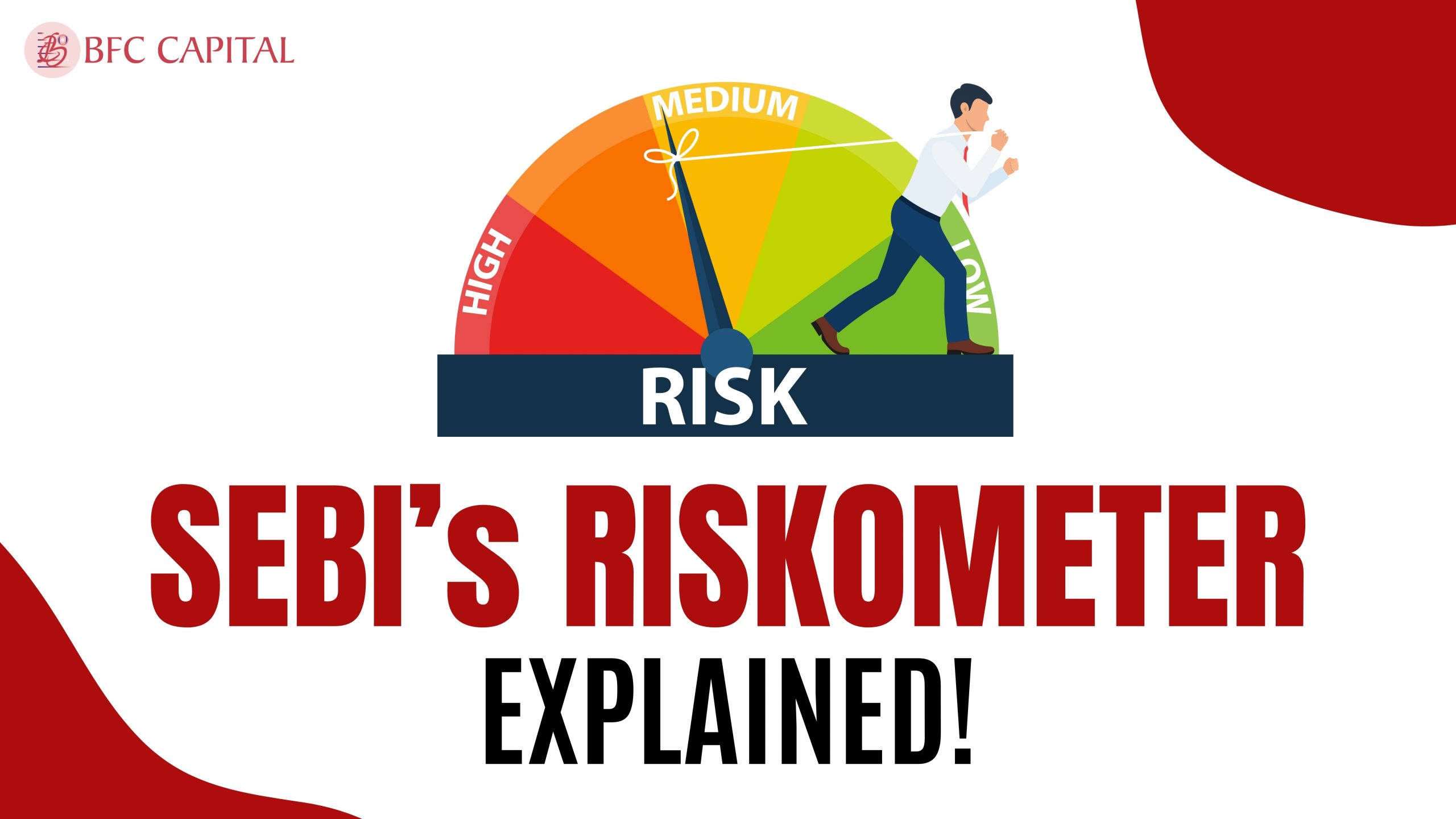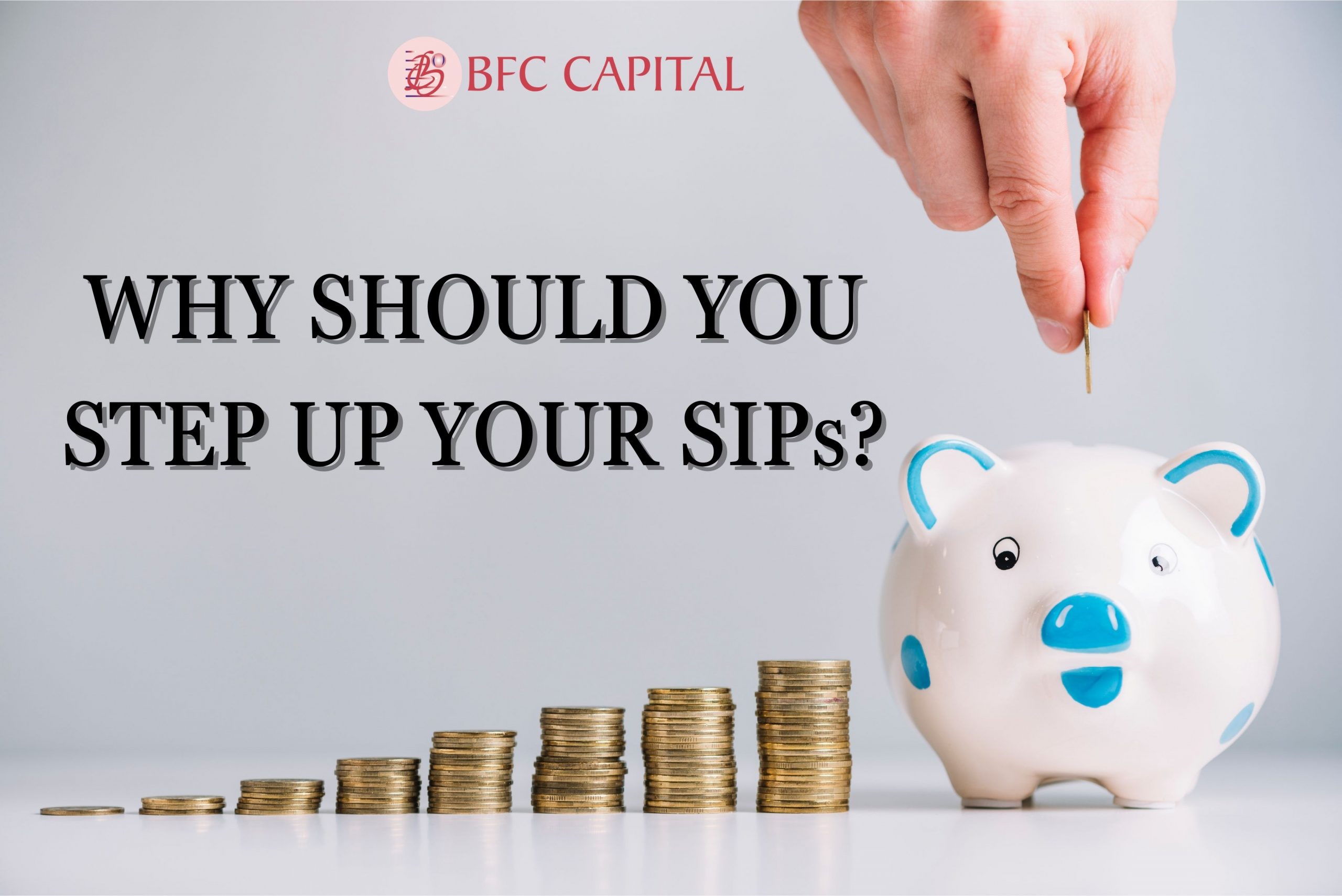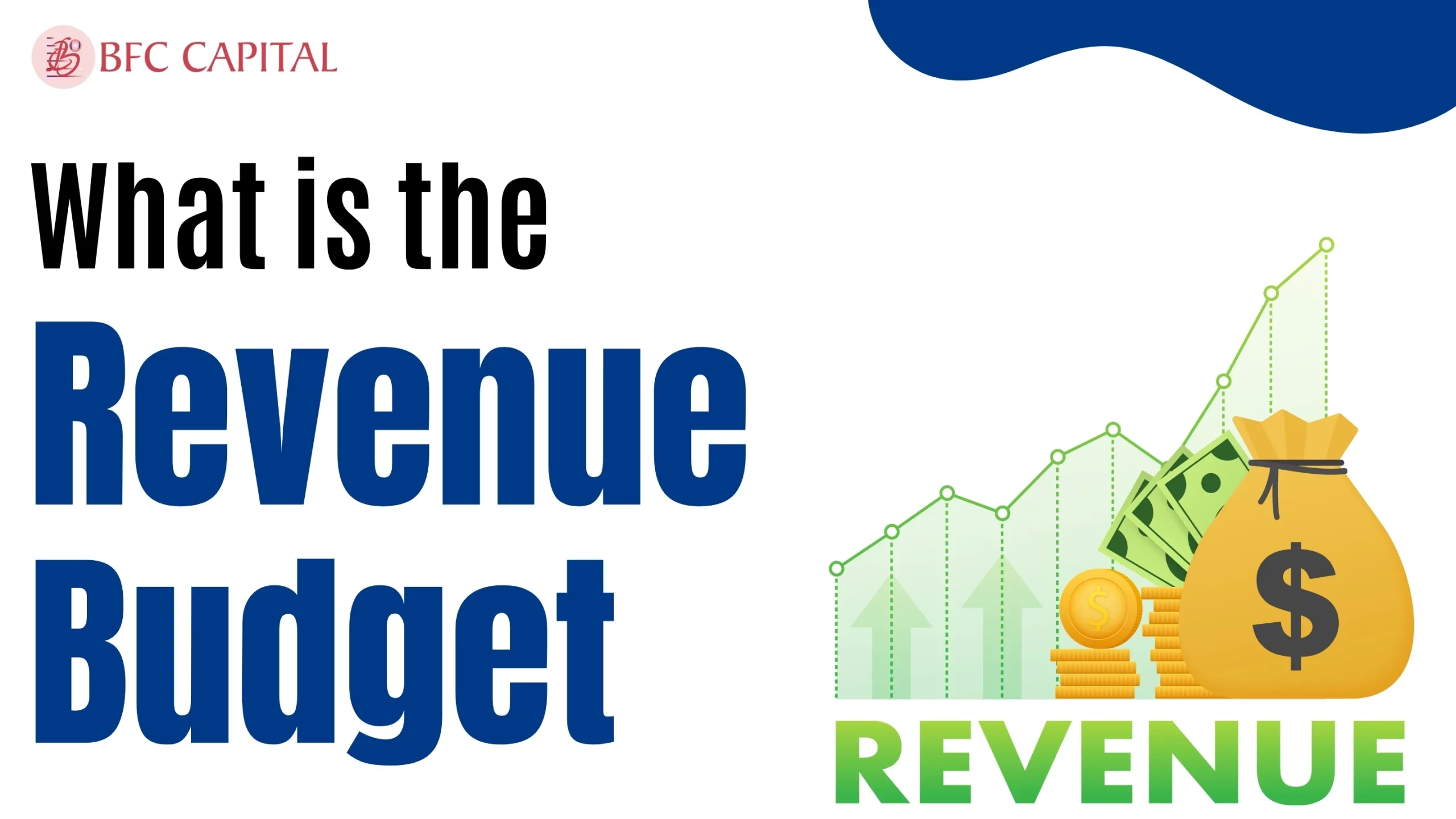
Want to know about companies’ financial health? It can be found on the balance sheet. But what does this mean and why is it so important? This means that it is also more than figures. It encapsulates what the firm owns, owes other people as well as its net worth at any time. What are some examples of various types of balance sheets and what do they imply about an enterprise? Let us consider different forms, major elements in addition to how essential it is in decision making for a company and attracting investors. Do you feel like taking the plunge?
Table of Contents
Understanding Balance Sheet
The balance sheet is a financial statement prepared at a specific time and reveals the position of an organisation highlighting its fixed assets, current assets, liabilities and capital. In simple terms, it gives an idea of the nature of a company, its assets and who it owes. It also reveals the level of capital put into the business line into operation. Other financial statements help ascertain the proportion of returns, the ability to meet the cash obligations, the gearing ratio and the operational productivity of the business.
Assets = Liabilities + Capital.
Types of balance sheet
- Comparative balance sheets: A statement that compares an organization’s financial status over several periods for which comparison is necessary is called a comparative balance sheet. To show the trend, and the direction of change, to analyze and take appropriate action, the financial position is compared with two or more periods.
- Vertical balance sheets: A vertical balance sheet makes it possible for the reader to compare the data just once.
- Horizontal balance sheets: The goal of a horizontal balance sheet is to list a company’s assets, liabilities, and net value in a straight line. When two or more periods are indicated concerning a column that may contain distinct values, this format is typically employed.
Components of a Balance Sheet
1. Liabilities
Under this head, the balance sheet shows how much a business owes others in the form of things like loans, bills and other financial obligations.
In this case, only two types of liability exist:
- Current Liabilities: Some examples of these are the current notes payable due within twelve months, the current maturities of long-term debt, as well as accounts payable.
- Long-Term Liabilities: Amounts of deferred taxes, bonds, and debts and notes due in over one year are reported under this heading.
2. Assets
On the asset side of the balance sheet, there are values with monetary concepts that can be converted into cash. These assets shall be listed in order beginning with those that are liquid for example if it is just a matter of exchanging or converting them into cash on hand without passing through any bank or any other financial institution until we reach down to such hard to sell items as land/building or even goodwill since they do not have liquidity in nature.
Also among these are assets:
- Current assets: On another note, current assets simply refer to those which can change immediately into cash within 12 months or less.
- Long-term assets: However these are known as real or tangible ( fixed) resources because it’s impossible to convert them into money within this period such as e.g land/bldg etc.
3. Shareholders’ equity
Equity is referred to as shareholders’ capital. It includes:
- Retained earnings: Retained earnings refer to profits earned by an organization that it ploughs back internally rather than paying out dividends.
- Capitalization of shares: This is the total sum of money given to a business to use for operations.
Importance of a Balance Sheet
Balance sheets are a key component that makes it easy to manage a business. Here are some of the reasons that explain the importance of a company’s balance sheet:
1. Help banks assess the net worth of a firm
When a business needs money to expand operations, invest in the future or need capital for any other reason, it goes to look for loans from a bank. Under such circumstances, the ability of the firm to repay the loan amount will determine the worthiness of credit and the balance sheet of the banks.
2. Helps investors make decisions
When selecting a firm for investment purposes, most investors analyze the company’s balance sheet to establish its financial status. However, it is combined with various other factors to evaluate the growth prospects of the firm in the future.
3. Used as a Factor to evaluate risk and return
This is very important to a business where a balance sheet will help one determine the level of solvency when it comes to meeting the short-term liabilities. In addition, it also lets you set a limit to the liabilities of your business if they are increasing at a higher rate and thus stop the possibility of bankruptcy.
4. Enables financial analysis
The balance sheet format will help you to determine the notion of liquidity state of your firm. Therefore, it is possible to analyze the cash position of your firm, the amount of working capital that may be required, the position of the trade receivables and the number of daily transactions that your business can handle.
Wrapping Up
The balance sheet merely shows how financially fit a company is—this includes all its liabilities. Does your Balance Sheet say anything to you? Do your assets grow or current liability increase? How effectively can you manage your capital? Understanding these components and their importance will enable one to have a better grasp on his business’ financial position thus leading to right decisions. So next time you read a balance sheet, remember: Is my business doing well or should I change direction again?
Please share your thoughts on this post by leaving a reply in the comments section. Also, check out our recent post on: “CAGR vs XIRR – Calculate Mutual Fund Returns“
To learn more about mutual funds, contact us via Phone, WhatsApp, Email, or visit our Website. Additionally, you can download the Prodigy Pro app to start investing today!
Disclaimer – This article is for educational purposes only and by no means intends to substitute expert guidance. Mutual fund investments are subject to market risks. Please read the scheme related document carefully before investing.

Assistant Vice President – Research & Analysis
Akash Gupta heads the Research & Analysis department at BFC CAPITAL, where he combines in-depth market insights with strategic analysis. He holds multiple certifications, including:
- NISM-Series-XIII: Common Derivatives Certification
- NISM-Series-VIII: Equity Derivatives Certification
- NISM-Series-XXI-A: Portfolio Management Services Certification
- IRDAI Certification
With his expertise in equity, derivatives, and portfolio management, Akash plays a key role in providing research-backed strategies and actionable insights to help clients navigate the investment landscape.








Name: Average Maturity, Macaulay Duration, and Modified Duration of Debt Funds
says:[…] Please share your thoughts on this post by leaving a reply in the comments section. Also, check out our recent post on: “Balance Sheet: Meaning, Types, Components & Importance“ […]